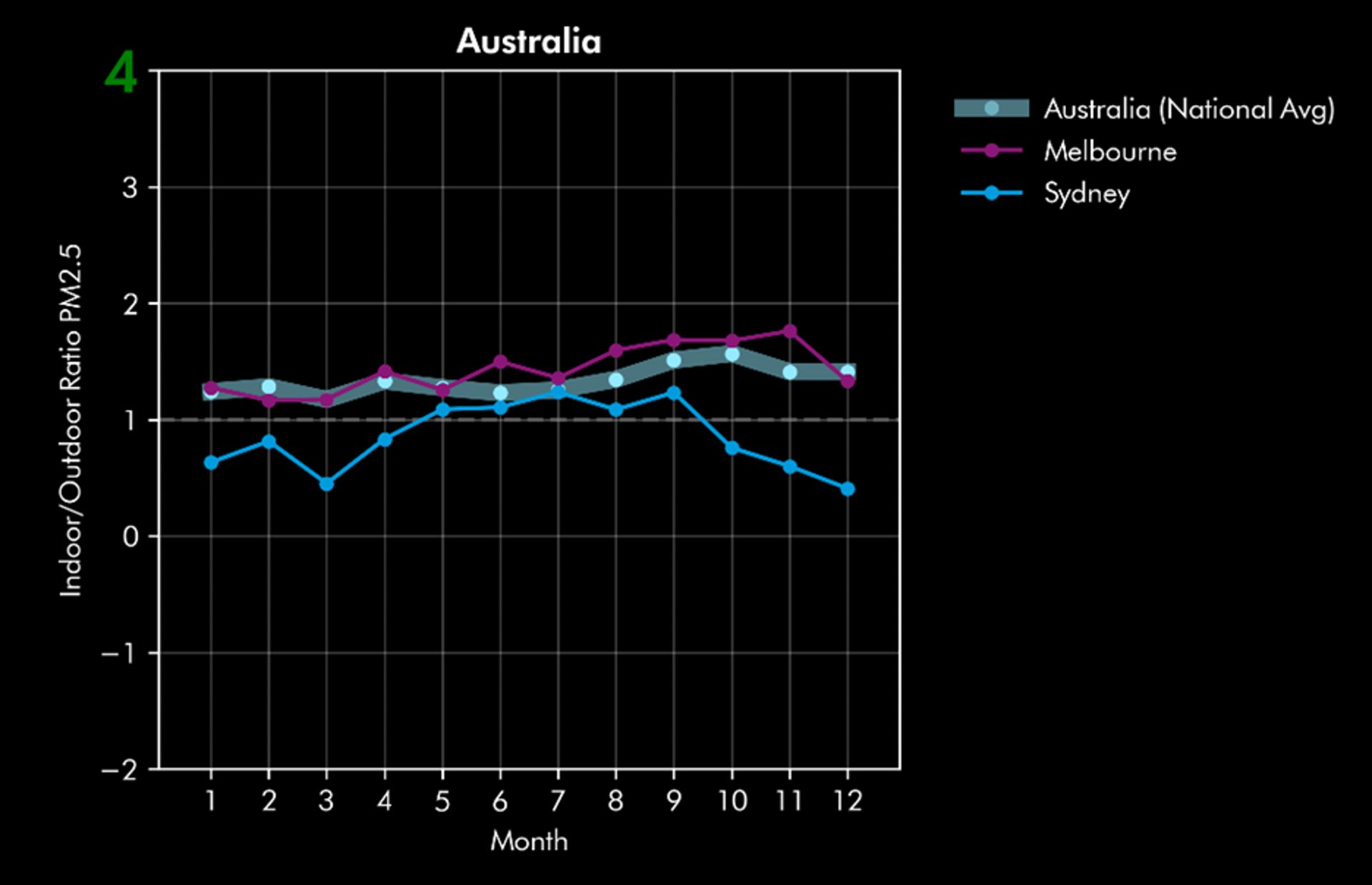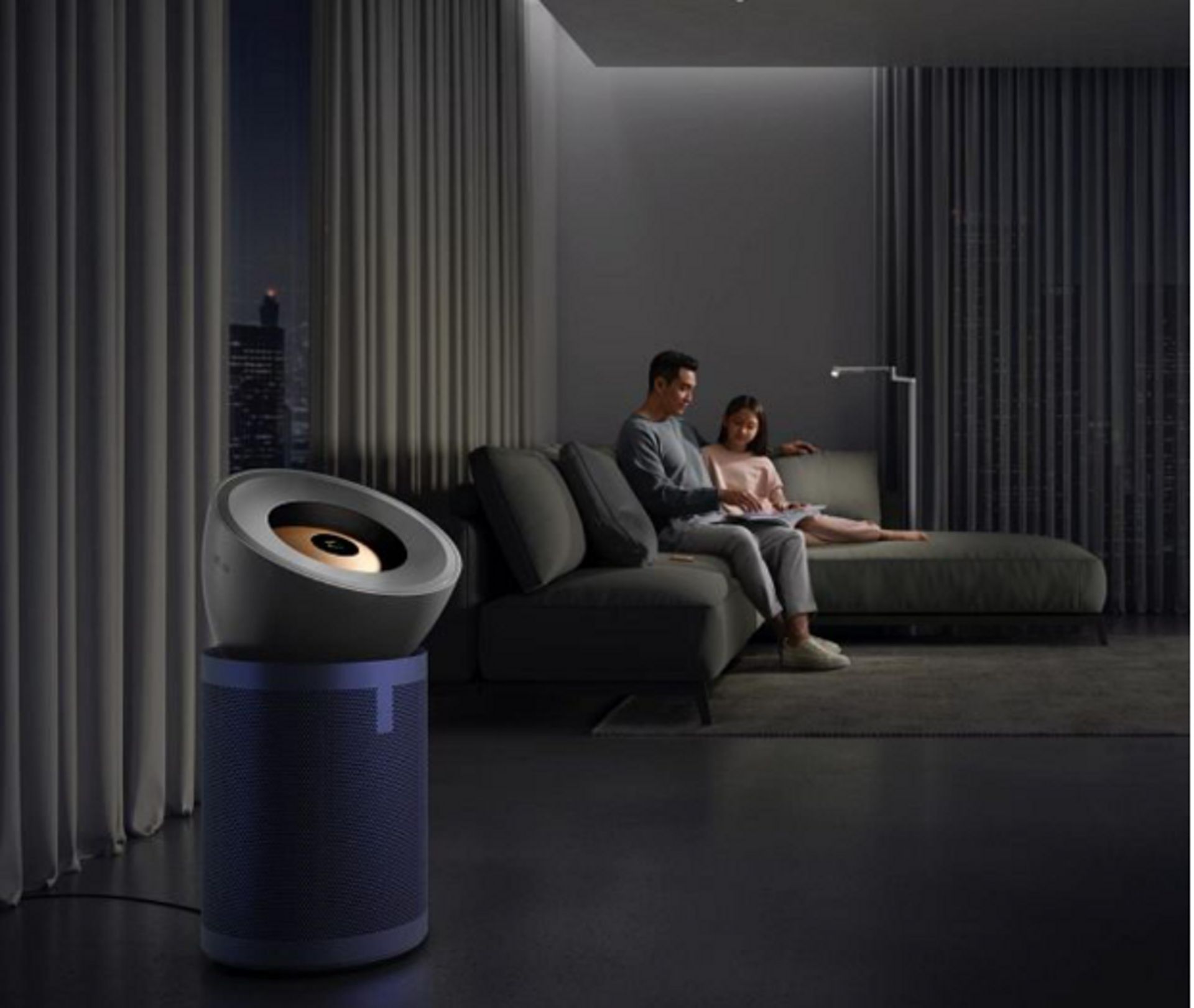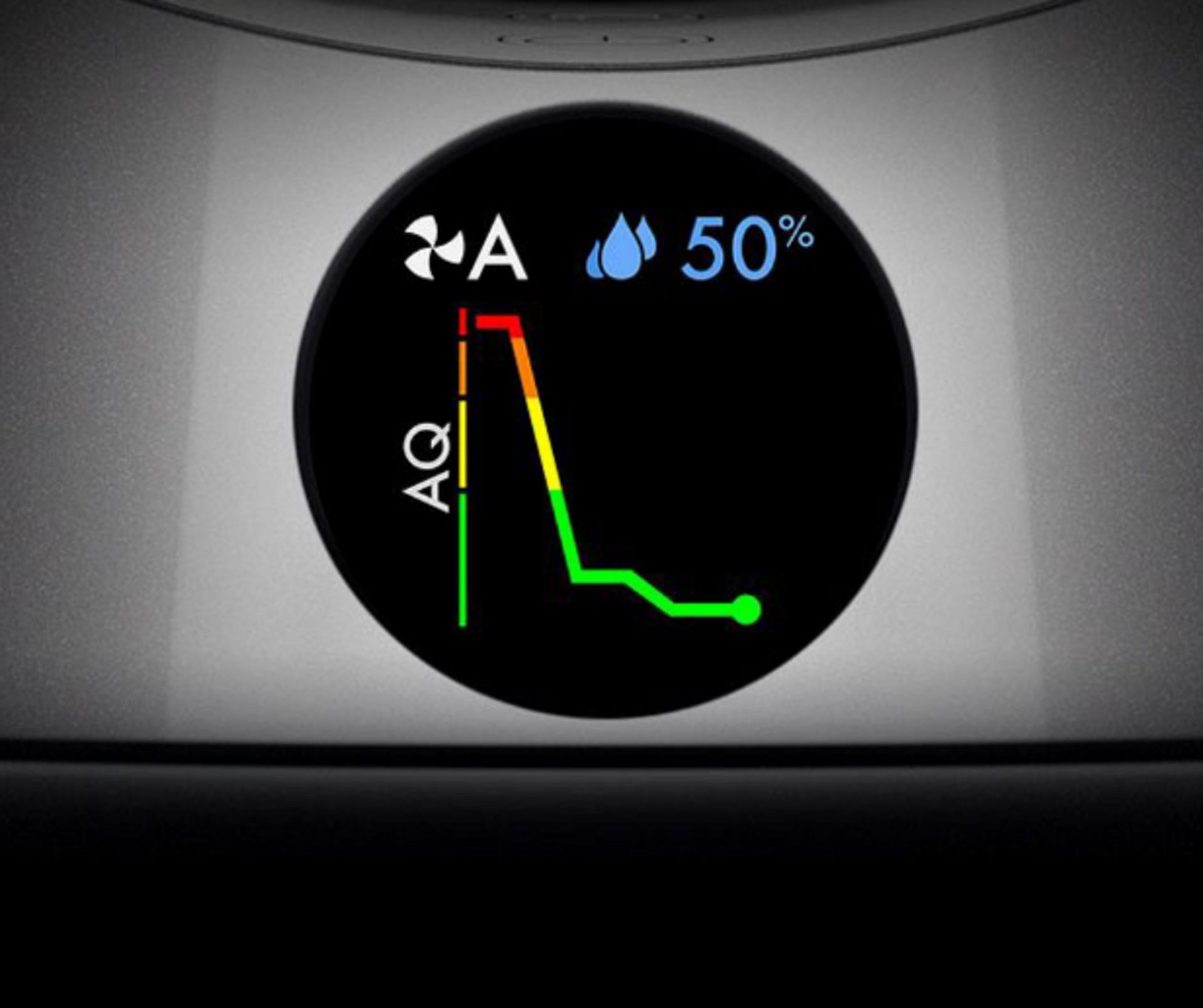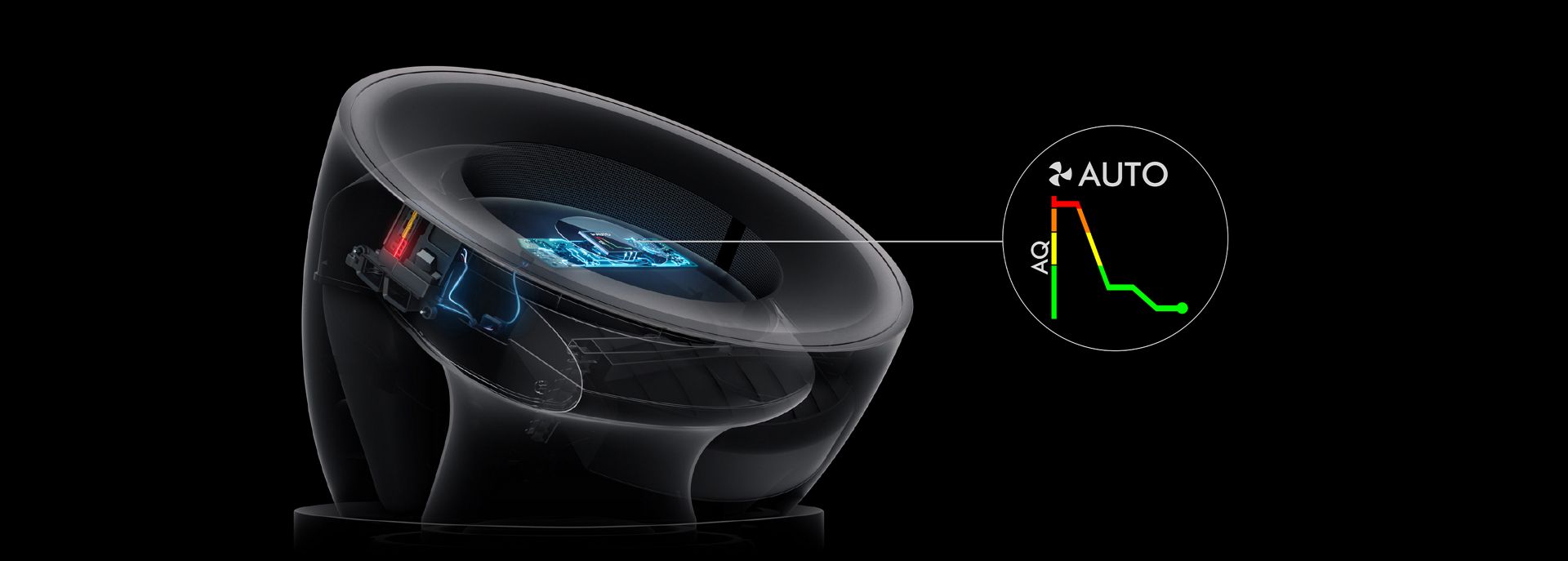-
Australia
Copyright © 2025 Powered by BCI Media Group Pty Ltd
Confirm Submission
Are you sure want to adding all Products to your Library?
Contact Detail
15 Jan 2024 by Dyson

Using over 500 billion data points, Dyson’s first Global Air Quality Connected Data project examined the indoor air quality data from more than 3.4 million connected Dyson air purifiers.
Australia, 11.01.2024: Today, Dyson unveils the results of its first Global Connected Air Quality Data study, which uses over 500 billion data points from more than 2.5 million connected Dyson air purifiers worldwide, 105,768 of which were in Australia. The project studies indoor air quality data from 2022 to 2023 to landscape air quality in real homes across the world, to a granularity never before seen. While data is based on homes with Dyson purifiers and as such, is not nationally representative, the volume of data reaches into the tens of billions of data points and paints a picture of indoor air quality in cities and countries globally beyond the scale that has been achievable to date.
From a wealth of data, this project focuses on two types of pollutant – PM2.5 and Volatile Organic Compounds (VOCs). PM2.5 refers to particles as small as 2.5 microns in diameter; a typical human hair measures around 70 microns in diameter. These particles are invisible to the naked eye, can be inhaled and are an area of increasing scientific and health research. Sources include combustion – wood burners, or gas cooking and heating – pollens, pet dander and dust. VOCs are gas pollutants including Benzene and Formaldehyde which can be emitted from activities like cleaning or cooking as well as from products including deodorants and body sprays, candles, furniture and furnishings.
“Our connected air quality data allows us insight into the real problem of indoor air pollution in homes across the world. This gives us a direct understanding of the challenges Dyson Purifiers face in real environments and the knowledge to engineer ever-better machines to tackle those challenges. But the data we capture isn’t just an engineering tool – on an individual basis, this data is shared back through the MyDyson app in real-time and via monthly reports, to help our Owners improve their air quality understanding.”
– Matt Jennings, Engineering Director for Environmental Care
Indoor PM2.5 pollution levels exceeded outdoor
The majority of countries studied exceeded outdoor PM2.5 levels for six months or more, including Australia, where indoor levels exceeded outdoor PM2.5 monthly averages for every month in 2022. Highest levels of indoor PM2.5 pollution were detected in the winter months, with July showing the highest levels (8.31μg/m³). The most prominent difference between indoor and outdoor air quality was detected in September and October, where indoor PM2.5 levels rose to 2 x outdoor levels. The indoor annual average PM2.5 levels in Australia in 2022 was 7.19μg/m³, which exceeds the WHO guideline limit for the average PM2.5 exposure (<5μg/m³).
At a city level, Melbourne’s highest indoor PM2.5 levels were detected in May, at 9.39μg/m³, while Sydney’s most detected month was June, peaking at 7.8μg/m³. Overall, homes in Melbourne had higher indoor PM2.5 levels than Sydney for all but one month of the year (June).

“We all think of air pollution as being an outdoor or roadside problem. Indoor air pollution research is growing, but continues to be underdeveloped. Dyson's findings give us a valuable insight into the real pollution levels in homes across the world, helping us to understand the patterns of pollution daily, monthly and seasonally. The Dyson data is an incredibly powerful education tool and the opportunities for positive impact are boundless – understanding the pollution around us is the first step to reducing our pollution exposure.”
– Professor Hugh Montgomery, Chair of Intensive Care Medicine at University College London, and Chairperson of Dyson’s Scientific Advisory Board
Highest indoor pollution detected in the evening
In most countries studied, indoor PM2.5 levels were highest during the evening and night-time hours, coinciding with the time that the majority of people spend in their homes, rather than being out at work, school or elsewhere. This was reflected in the Australian results, with highest levels of PM2.5 and VOCs pollution in homes in Australia were detected from 6pm-1am, which is consistent with the global findings. This coincides with times when people are usually in their homes and therefore exposed to these higher pollutant levels. Pollution was highest at 10pm and remained high for some time before dropping throughout the early hours of the morning. Levels were lowest at midday and in the early afternoon.
Exposure is the measure of air pollution concentration over time, which within the air quality research community is a key consideration – a spike of air pollution (a very high level for a short period of time) isn’t necessarily worse than prolonged exposure to ‘poor’ or even ‘fair’ air quality. Therefore, data from Dyson Purifiers suggests that this longer, more polluted period may account for increased exposure to PM2.5 in homes.

PM2.5 annual averages: a surprisingly global picture
When looking globally at the data from Dyson connected purifiers throughout 2022, there are some surprising results when ranking countries on their average PM2.5 level. Whilst India and China occupy the top two spots, likely due to the relationship between indoor and outdoor air quality, Romania ranks 6th, Italy 8th, Poland 9th and Austria 10th. The UK (22nd) outranks the United States (26th), Canada (27th) and Australia (28th), but Germany and France rank higher, at 17th and 18th respectively. Indoor PM.5 annual averages in all countries studied exceeded the WHO annual guideline for PM2.5 (5 µg/m3) – India by 11 times, China by 6 times, Turkey and UAE by 4 times, and South Korea, Romania, Mexico and Italy by 3 times.
At a city level, the top five cities by average annual PM2.5 are all in Asia – Delhi, Beijing, Shanghai, Shenzhen and Busan, followed by Istanbul, Dubai, Seoul, Mexico City and Vienna. Similarly to the country-level data, every city studied exceeded the WHO long-term or annual exposure guideline for PM2.5 (5 µg/m3) – even Sydney, which takes last place in the rankings, registered an annual average PM2.5 level of 6.78 µg/m3. Delhi homes exceeded the WHO guideline by 14 times, Beijing by more than 6 times and Shanghai more than 5 times. Osaka, Los Angeles, Paris, Tokyo, Amsterdam, Munich, Taipei and Dublin homes all experienced double the WHO annual guideline for PM2.5.

Low uptake of Auto mode globally
Globally, just 8% of Dyson purifiers spend more than three-quarters of the time in Auto mode – where the machine constantly monitors the air quality and automatically responds to changing pollution levels – suggesting that Dyson machines in homes across the world are not being used to automatically monitor and adjust to pollution events. In Australia, just 5% of Dyson purifier owners spend more than three-quarters of the time in Auto mode, with the majority changing the settings manually.

1The study captured data from 3.4m connected Dyson Purifiers globally, including 105,768 connected Dyson Purifiers in Australia between January and December 2022. No personal data was used in this study; you can find further information on Dyson’s privacy policy here. Data has only been collected from Dyson Purifiers connected to the MyDyson app and therefore is not representative of every home.
2Indoor pollution recorded by connected Dyson Purifiers vs outdoor data sourced from openaq (https://openaq.org/) and World Air Quality Index (https://aqicn.org).
3PM2.5 levels collected from Dyson connected purifiers have been compared to WHO 2021 guidelines for annual and daily PM2.5 exposure, which can be found here: https://www.who.int/news-room/feature-stories/detail/what-are-the-who-air-quality-guidelines.



